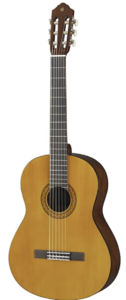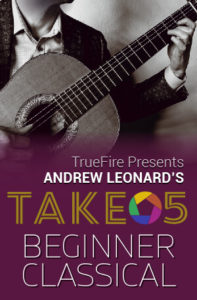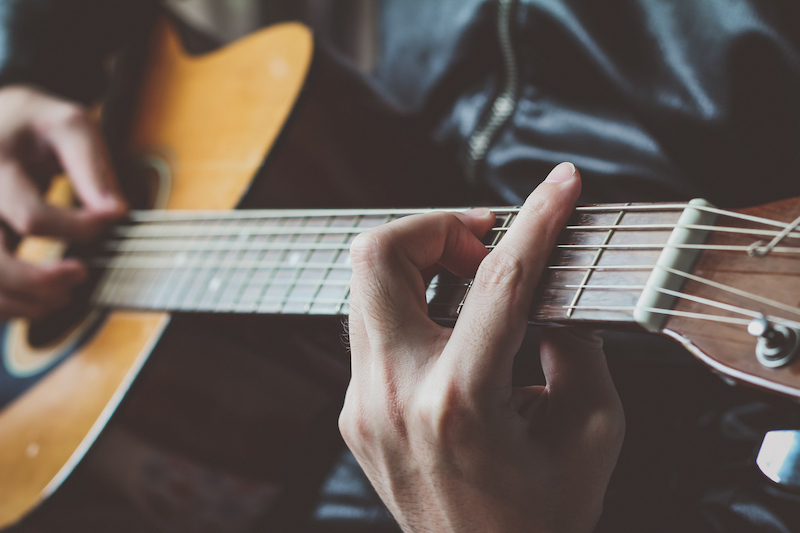The guitar is a popular instrument that has be developed over a long period of time. During this period of guitar history, the instrument received a number of features that made it very popular among players of all ages.
The ancients already had instruments that have similarities with the guitar. These were chord instruments that would be plucked to achieve a delicate sound.
Old Instruments Sonority

Yamaha C40II Classical (Check price now)
Such instruments, however, didn’t have the acoustic sonority of a modern guitar. They were more similar to the harp, where the strings are in independent positions.
During the middle ages, some of the forms of stringed instruments evolved to have a long neck that could be manipulated by the player. One such instrument that became popular was the lute. Such an instrument could be used to play single notes or even chords.
The lute became very popular and a lot of instrumental music was written for it, including by famous composers like J.S. Bach. Baroque music explored this instrument and used it in many important pieces, along with some other instruments of that age.
Also Read:
The Guitar as a Popular Instrument
8 Hot Tips to Learn The Blues Guitar
Mooer E7: Polyphonic Guitar Synth Effects Pedal Review
How to play an acoustic guitar
How to use easy songs to play on guitar
The Modern Guitar History
 The modern guitar started to be developed from influences of instruments such as the lute, and the traditional guitar played in Spain. The traditional flamenco guitar had an important influence in the style of playing for the classical guitar, which is the antecedent of all modern guitars.
The modern guitar started to be developed from influences of instruments such as the lute, and the traditional guitar played in Spain. The traditional flamenco guitar had an important influence in the style of playing for the classical guitar, which is the antecedent of all modern guitars.
What we now know as classical guitar was created by Torres, a Spanish luthier who designed the first guitar instrument with modern format. The Torres guitar had 6 strings and had great volume and expressivity, when compared to similar instruments of the time.
The design quickly became a standard, as other builders incorporated the same ideas. Very soon, the classical guitar as we know today was widespread in Europe and brought to the Americas as well.
The Modern Reportoire
Guitar players in Spain and in other countries of Europe took this new version of the guitar to a new era by writing and performing original music for the instrument. The guitar was, during this period, standardized and improved. The great players of the time, such as Fernando Sor, Dionisio Aguado, and others, created a new repertoire based on classical pieces and music from the Spanish folklore.
These songs were played all over the world, and most guitar players benefited from this expanded song selection, which became the basis for classical guitar techniques.
The Folk Guitar History
 In the United States, some transformations also happened to the guitar. A number of changes were incorporated to the instrument in order to facilitate the execution of the popular music of the time.
In the United States, some transformations also happened to the guitar. A number of changes were incorporated to the instrument in order to facilitate the execution of the popular music of the time.
For example, Martin guitars introduced a number of changes such as the size of the instrument, and the use of metal strings for higher volume and bright sound. This type of folk guitar became used by the most popular players of the instrument.
The Electric Guitar
 The next big development in the guitar history was the creation of electric instruments.
The next big development in the guitar history was the creation of electric instruments.
The electric guitar deserves its own chapter in the story of the modern guitar. Almost everyone these days has an electric guitar as a result.
The electric guitar was devised to improve even more the sound and playability of the instrument, using electronic means available in the 20th century. The designers figured out how to develop a pickup that could transform the metal string vibrations directly into electric signals.
Once this became possible, the electric guitar was born. There was no more need for acoustic sound holes, and the electric guitar became a solid instrument that is easy to transport. From that point on, most bands and singers started to use the electric guitar.
